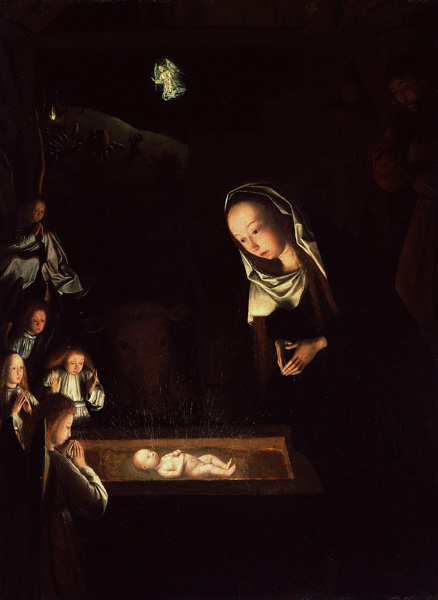Image Details

©National Gallery Collection; by kind permission of the Trustees of the National Gallery, London
Mary gazes adoringly at the infant Jesus in this nighttime Nativity scene by the 15th-century Dutch painter Geertgen tot Sint Jans. The Gospel of Matthew begins with “the genealogy of Jesus the Messiah, the son of David, the son of Abraham” (Matthew 1:1). Since Jewish culture was fairly patriarchal, Jesus’ list of ancestors is male-dominated. But among the great patriarchs and kings of the Hebrew Bible are five women: Tamar, Rahab, Ruth, “the wife of Uriah” (Bathsheba) and Mary. We know why Mary is important, but what is so special about the other four? None of them is considered a paragon of virtue. One, Rahab, was a harlot by profession; and Bathsheba was taken in adultery. Still, according to biblical scholar Jane Schaberg, Matthew must have thought these women foreshadowed Jesus’ mother. To understand why, we must understand what exactly they had in common with her.
